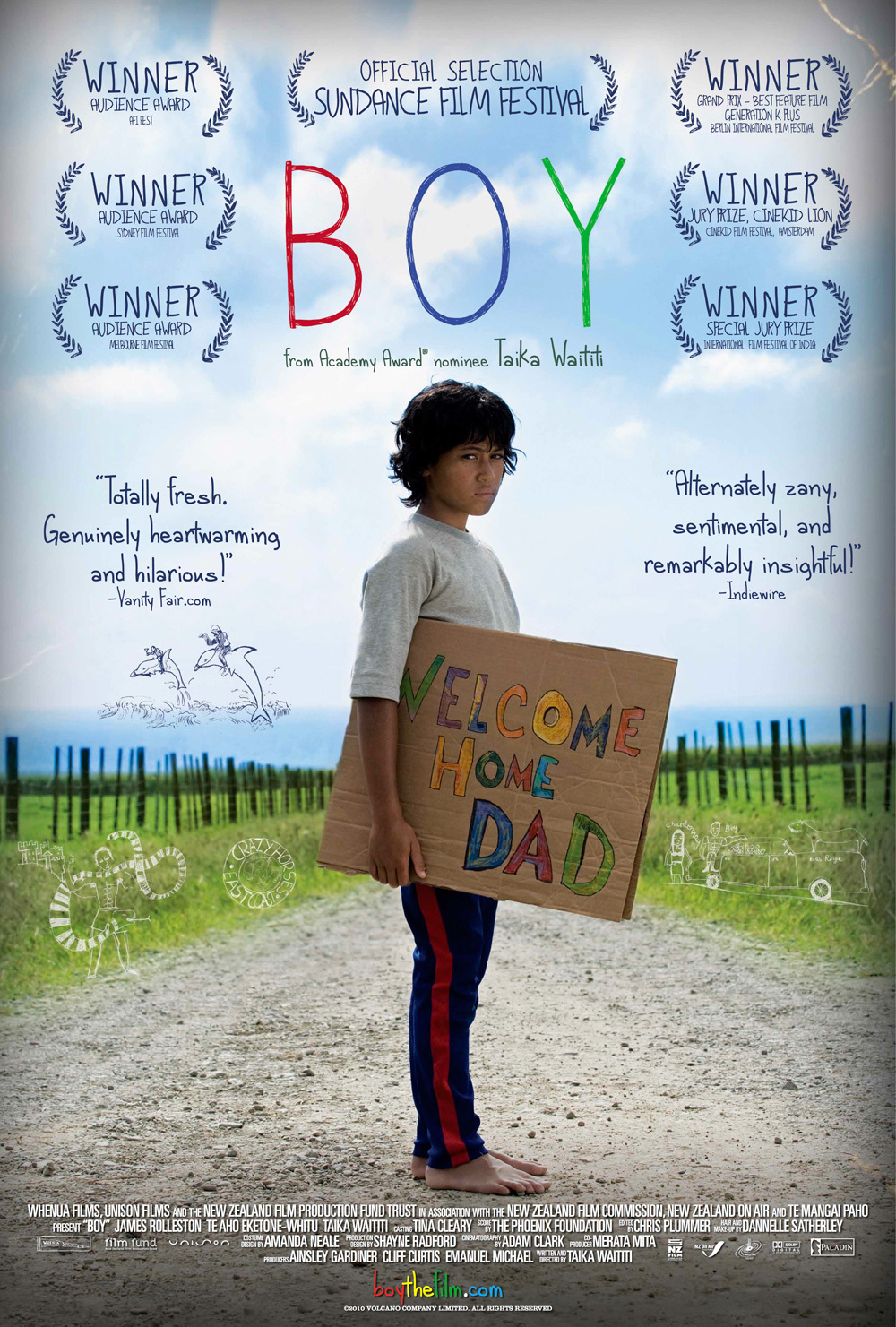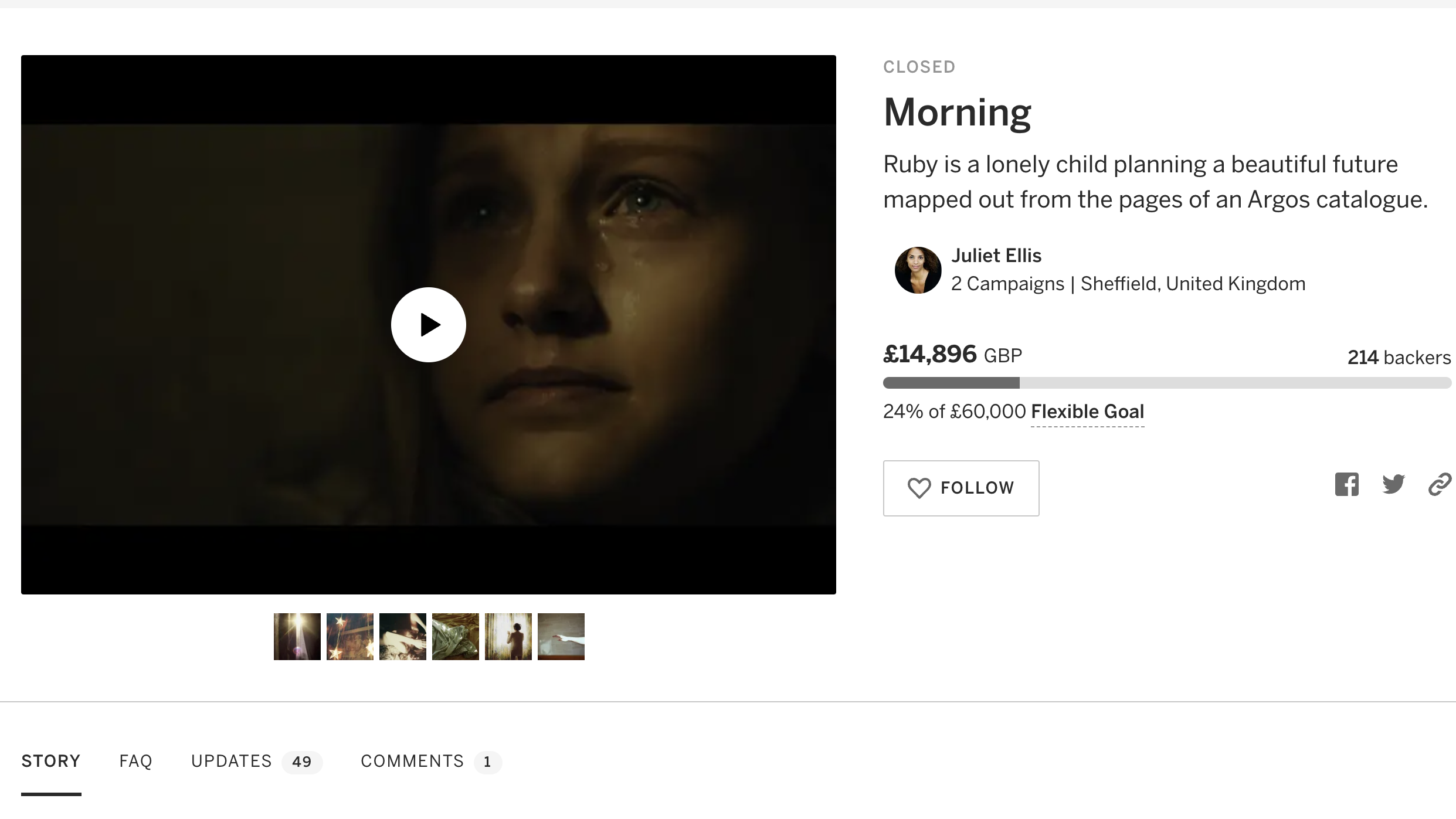Figure 1: Lopez(2018)
Crowdfunding is redefining the future of the film industry. This unique innovation spreads funding slightly away from traditional studios, media companies, private equity firms and producers, opening up new possibilities for film production.
Crowdfunding allows individuals or project backers to participate in the film development process. Film project initiators mostly use rewards-based crowdfunding, where even a small investment in the film’s budget is rewarded in some form. Participating for as little as $10 can result in rewards such as posters, t-shirts, DVDs, etc.
The creative industries have been grappling with the challenge of the creative threshold for years. Regardless of who provides the financial backing for a production, ultimately, creative control should be solely in the hands of the creator. This imbalance of control is particularly pronounced in the film industry and involves aspects ranging from single-perspective diversity issues to abuse of power.
Traditional film financing models usually rely on film production companies, investors or funding agencies, sources that are often not readily available to independent producers. This situation results in limited creative autonomy for creators, and creativity is often controlled by funders.
However, the rise of crowdfunding in the film industry has provided independent filmmakers with a revolutionary way to finance their films. The limitations of traditional financing models gave rise to the rise of crowdfunding. The emergence of crowdfunding platforms such as Kickstarter and Indiegogo has allowed producers to interact directly with their audience and gain greater creative autonomy by raising funds from the general public to support their projects. Crowdfunding gives anyone with a good idea access to a global pool of contributors and a global marketplace, and it works especially well for creative projects like films.
Crowdfunding brings greater creative freedom and control to filmmakers. With online platforms, they can showcase their ideas to a global audience and attract financial support from around the world. In addition, crowdfunding helps filmmakers assess market demand and audience interest at an early stage, reducing the risk of project failure. It also provides a platform for creators to showcase their work, helping them build a fan base and brand presence.
For independent filmmakers or the general public, crowdfunding provides the ideal financing channel to solve the most vexing financial challenges in film production. It allows ordinary investors to participate in projects with high production costs, easing the pressure on investment. In addition, crowdfunding can also be viewed as a marketing tool for researching the market and testing the waters in advance. Through crowdfunding on the Internet platform, a portion of the potential audience can be targeted in advance to gather a large amount of popularity and attention, and this form makes the film market appear more civilian and stimulates the enthusiasm of the masses.
Boy, a New Zealand film, received positive reviews and was a 2010 Sundance Film Festival nominee. It was screened at over 50 international film festivals. Even though the movie broke records at the box office in New Zealand and won multiple awards both domestically and abroad, no distributor in the United States was prepared to invest the funds required to market the movie.
To solve this problem, the filmmakers crowdfunded the film through Kickstarter, exceeding their funding goal. Overall, the Kickstarter crowdfunding campaign was funded by 1,826 anonymous donors who donated $110,796.22, exceeding the funding goal of $90,000. It highlights the audience’s support for the film. In addition to providing financial support for the distribution campaign, crowdfunding on Kickstarter aids in increasing the message’s reach.

Figure 2: Rolleston(2010)
In addition, women have found space in the crowdfunding arena as filmmakers and have produced films that address women’s issues and emphasise the importance of gender equality. As an example, Anita Laufer has successfully funded several short films through crowdfunding, including her short film The Descent, which presents a female perspective of Caribbean immigrants in the 1960s.
Cecil Emeke is renowned for using internet crowdsourcing as well. Emeke is heavily dependent on her generous online following because her films frequently tackle controversial subjects like gender and race, which are difficult for mainstream production companies to “sell.” Emeke’s critically acclaimed crowdfunding projects, such as Ackee & Saltfish and The Strolling series, have helped her gain international recognition.
These examples demonstrate the widespread use of crowdfunding by British female filmmakers, both in the past and present, to fund their productions. For instance, Juliet Ellis raised nearly £15,000 for her movie Morning in 2017.

Figure 3: IndieGogo (2017)
Crowdfunding has become one of the most important avenues for film production, providing creators with greater creative freedom and control. It not only helps to solve the problem of a shortage of funds but also promotes cultural diversity and social dialogue, bringing positive impacts to the film industry. In the future, crowdfunding will continue to play an important role in promoting the development and innovation of the film industry.
